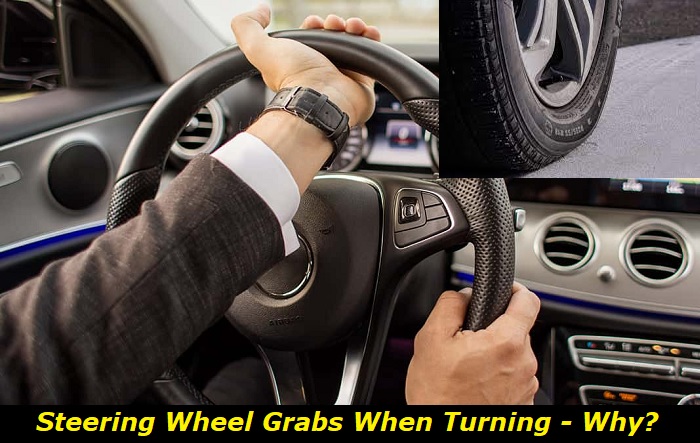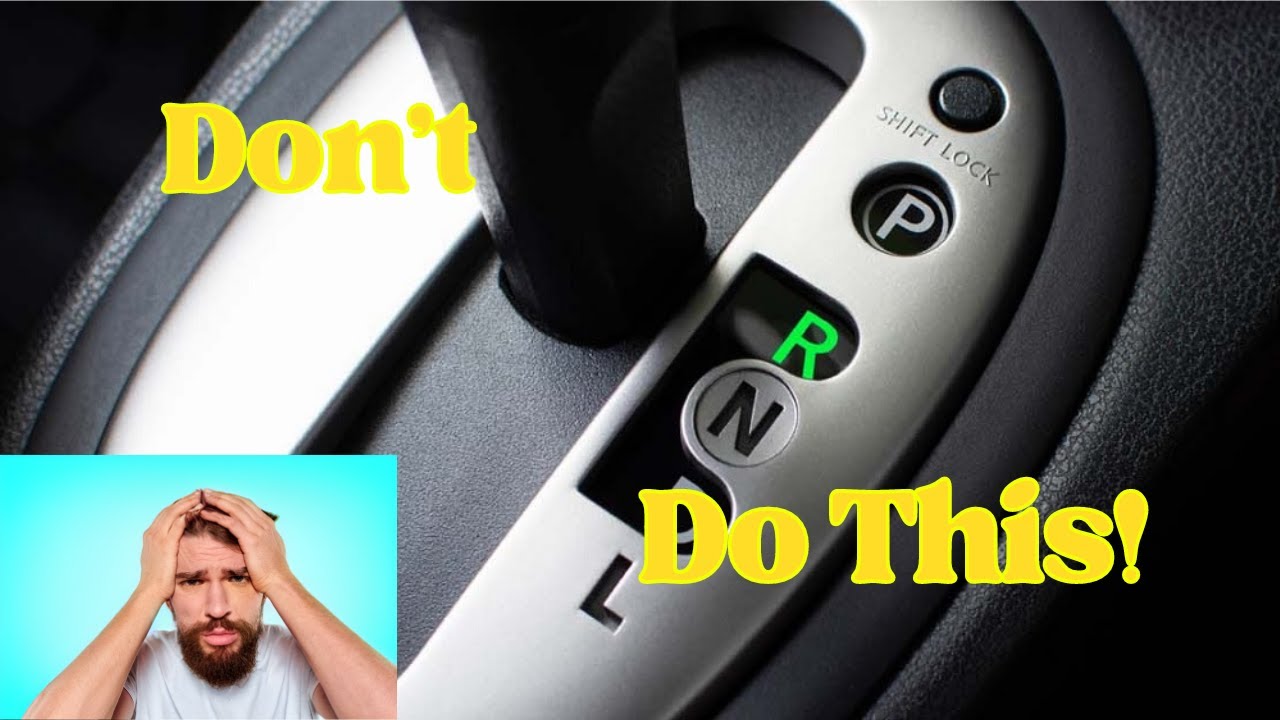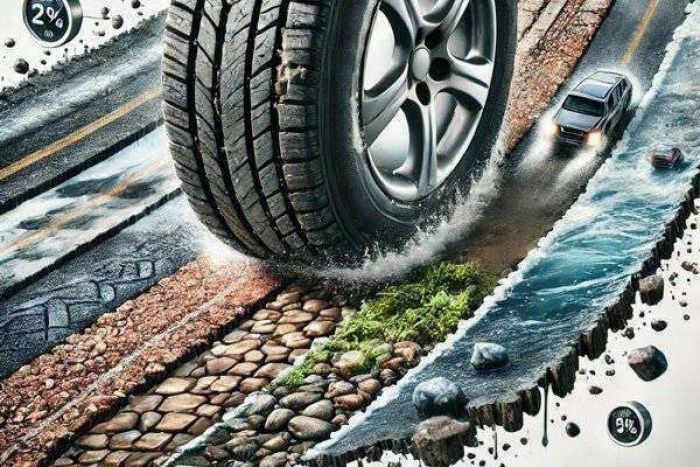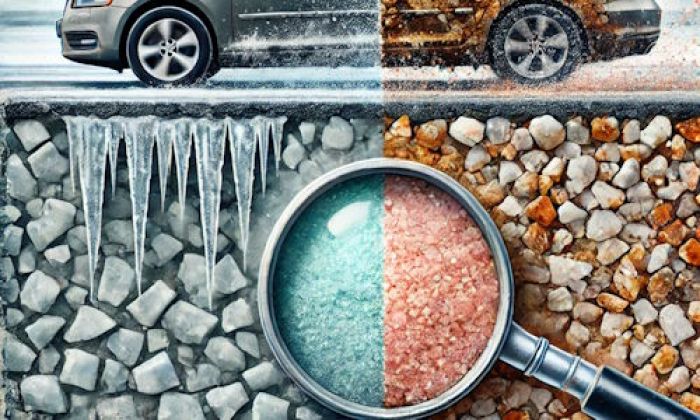When you are driving, you expect your steering wheel to be as smooth as possible. If something changes in the way it behaves, this can scare you. And this is actually not safe to drive a car that is freaking out with its steering wheel. One of the common complaints of drivers is that their steering wheels grab when turning.
If your steering wheel grabs when turning, it may mean that the power steering is faulty. Also, low tire pressure in one of the front wheels is a possible culprit. Sometimes, the problem is in the steering rods or rod ends and some suspension parts. Finally, the steering rack may be malfunctioning and making it hard to control the steering wheel of your car.

In this article, I will tell you about the following:
- Symptoms and first checks when your steering wheel grabs.
- Common culprits of the grabbing steering wheel problem explained.
- The most obvious solutions and DIY fixes for the problem.
- When will you need to go to a professional?
- Can you drive if your steering wheel grabs?
Let's get started!
Observing the symptoms of the problem
Whatever happens to your vehicle, one of the most important tasks is to notice all the symptoms. First of all, this will help you locate the problem. Finally, it will help your mechanic diagnose the vehicle much faster and much more precisely. It means you will spend less money on troubleshooting and repair.
So, it's important to notice whether there are any other changes in the way your vehicle goes. This may show you exactly what the problem is. Also, you need to observe the work of the steering system.
Here are some of the most important things to look at:
- Has your steering wheel become stiffer?
- Does the steering wheel come back to a straight position on its own after you complete the turn?
- Are there any warning lights or error messages you can see on the dash?
- Do you hear any unusual sounds when you turn the steering wheel?
- If you are driving on a good straight road and don't hold the steering wheel, does the car still go straight?
- When does the grabbing happen? At the moment of turning or when you press the brake pedal?
If you just answer these questions, you may diagnose the vehicle and even make certain assumptions as to what is broken in your car. Sometimes, such a deduction helps you understand and even deal with the problem without going to the dealership. You may know that this will save you hundreds of dollars and hours of your time, so it's always worth it.
But you should also know that driving your car with poor steering is not that safe. If you are in the middle of the city and the traffic is insane, checking how your car acts in different road conditions is probably not the best idea you can come up with. Always make sure that your attempts to diagnose the vehicle are safe for you and for other drivers and pedestrians on the road.
What are the culprits of steering wheel grabbing?
When your steering wheel doesn't want to turn smoothly, it disturbs you from safe and pleasant driving. You will surely want to find out what causes the issue. But it's not that easy because the steering system components are not easy to reach and check under the hood.
Let's see what exactly can cause this problem so that you can move on to check your car without any chaos in your actions:
1. Low tire pressure
You may be surprised but the tire pressure will change the way your steering works. I once had this issue in one of my older cars. I installed the spare wheel without checking its pressure and it looked more or less OK, so I kept driving. Suddenly, after I turned and pressed the gas pedal, my steering became stiff as hell and the car actually was out of control for several moments. I was lucky that there were no other vehicles and I could get full control of the vehicle.
You should be especially careful with the tire pressure on the front wheels. When the pressure is low, the tire will not be stable enough. It means that when you turn, the tire will start moving sideways and this will obviously affect your steering and handling.
2. Power steering problems
It's not uncommon for cars to develop power steering problems. Especially, for older cars that have hydraulic power steering. This system operates with the help of the pump that creates pressure. The hydraulic fluid actually helps you turn the steering wheel. The system is not that reliable because the fluid pressure is high, the pump is not eternal, and the fluid can go bad unexpectedly.
Usually, hydraulic power steering needs serious repairs at 100,000 miles, and then every 30-40 thousand miles.
Electric power steering is much more reliable but it can still fail. When something is broken in the system, you may or may not get different warning messages and lights. But what you will get for sure is the problems with steering.
3. Steering tack issues
If you feel grabbing at a certain point of the steering wheel turn, or there are some sounds under the hood when you steer the car, chances are your steering rack requires service.
This is a pretty tender unit and it may go bad if you drive a lot on bad roads. Steering racks are not adjustable and the majority of shops will not agree to repair them. The only way to deal with the problem if the inner parts of the rack are broken is to replace the rack.
Steering racks are more or less durable and they can go bad when the mileage in your vehicle is extremely high.
4. Suspension parts
If you can't locate the problem, you need to have a look at the suspension system. It may be that the problem with some levers or even bushing may lead to issues with steering because the steering wheel isn't stable enough. And when you turn, this may feel like grabbing sometimes.
Pay attention to the condition of steering rods and rod ends. Also, just have the suspension checked and see if there are issues with anything that can affect the position of the wheel.
5. Wheel alignment
Although this shouldn't affect the steering quality, sometimes the badly changed wheel alignment may cause problems with steering and handling. If you still can't locate the problem, you should obviously think about checking wheel alignment in a professional shop. They use precise technologies to check the angle of each wheel.
Wheel alignment is one of the regular procedures a lot of drivers forget about. But it's pretty important to have the wheel angles checked and corrected at least once every 20,000 miles or 2-3 years.
Can you solve the problem on your own?
When it comes to the steering system, I don't recommend trying to solve this problem on your own. But you can still do several things to make sure you can or can't continue driving.
Here's what you may try:
- check the tire pressure and correct it if needed;
- check the level of hydraulic fluid if you have the hydraulic power steering;
- shake the front wheels with your hands and you'll see if there is a serious problem with some suspension parts;
- turn off the engine and shake the wheel to the different sides - this will help you understand if there is a problem with a rack.
Given you don't have any serious experience as a car mechanic, you can't do anything else. If you can't locate and fix the problem on your own, the best option is to go to a professional repair shop and have the car inspected.
Can you drive if your steering wheel grabs?
It depends on the nature of the problem. But if you can't locate the issue and the grabbing is very bad, I strongly recommend you stop the car and call for help. Driving your vehicle, even at a low speed, with the steering wheel acting unpredictably is actually one of the most dangerous things you may come up with.
But if the grabbing is minor and you've already checked tire pressure and other things, you may drive slowly on your own. Go to the right side of the road, turn on the emergency lights, and drive very carefully and slowly. This will help you avoid paying for the tow truck.
Final thoughts
Even though grabbing the steering wheel is a serious problem, it's not always about a bad breakdown. Very often, you will just need to add air to your tires or change some cheap suspension part. But anyway, inspection is needed urgently and ignoring this problem is not the best option.
If you decide to drive the car on your own after you spot that the steering wheel grabs when you turn, be extremely careful. Plan your visit to the dealership as soon as possible and avoid driving your car till the day you can solve the problem.
Any questions left? Ask them in the comments below!
About the authors
The CarAraC research team is composed of seasoned auto mechanics and automotive industry professionals, including individuals with advanced degrees and certifications in their field. Our team members boast prestigious credentials, reflecting their extensive knowledge and skills. These qualifications include: IMI: Institute of the Motor Industry, ASE-Certified Master Automobile Technicians; Coventry University, Graduate of MA in Automotive Journalism; Politecnico di Torino, Italy, MS Automotive Engineering; Ss. Cyril and Methodius University in Skopje, Mechanical University in Skopje; TOC Automotive College; DHA Suffa University, Department of Mechanical Engineering






Add comment